читайте также
 Airbus recalls more than 6,000 A320 aircraft: causes and consequences for the aviation market
Airbus recalls more than 6,000 A320 aircraft: causes and consequences for the aviation market
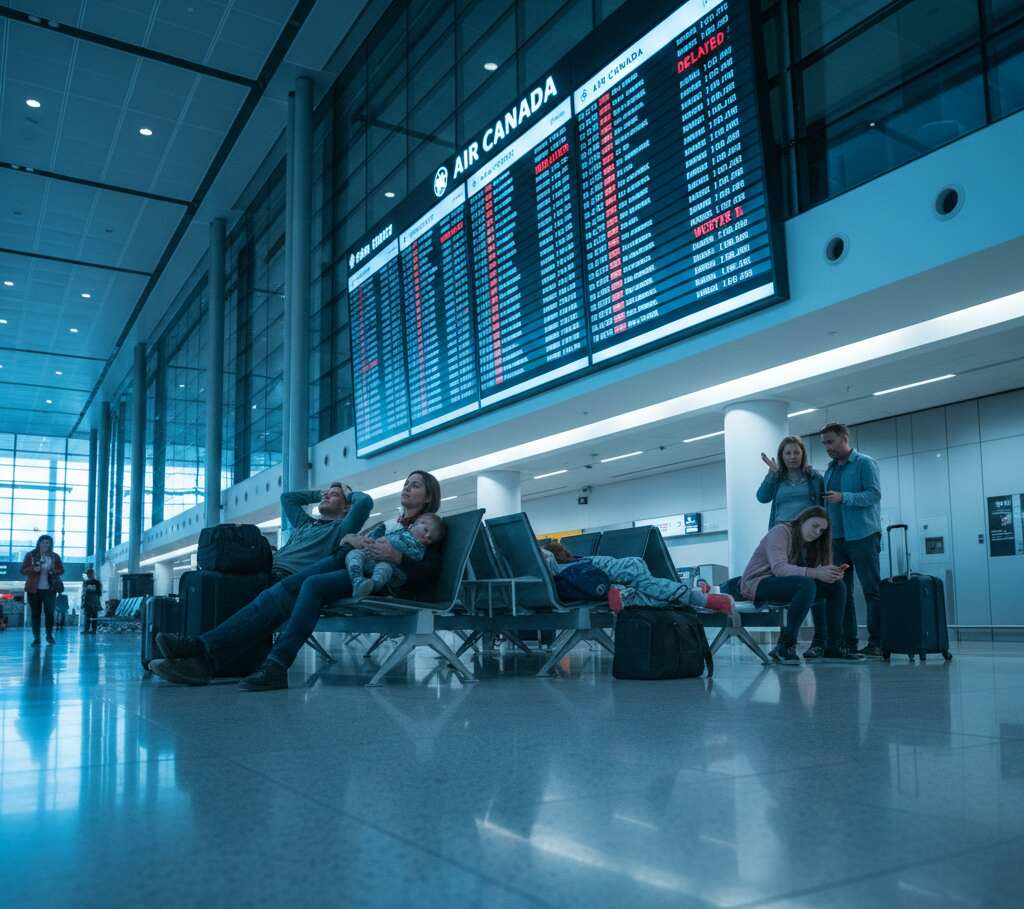 Canada’s Air Travel Meltdown: 75 Cancellations, 864 Delays and Thousands Stranded Across Toronto, Montreal, Vancouver and Beyond
Canada’s Air Travel Meltdown: 75 Cancellations, 864 Delays and Thousands Stranded Across Toronto, Montreal, Vancouver and Beyond
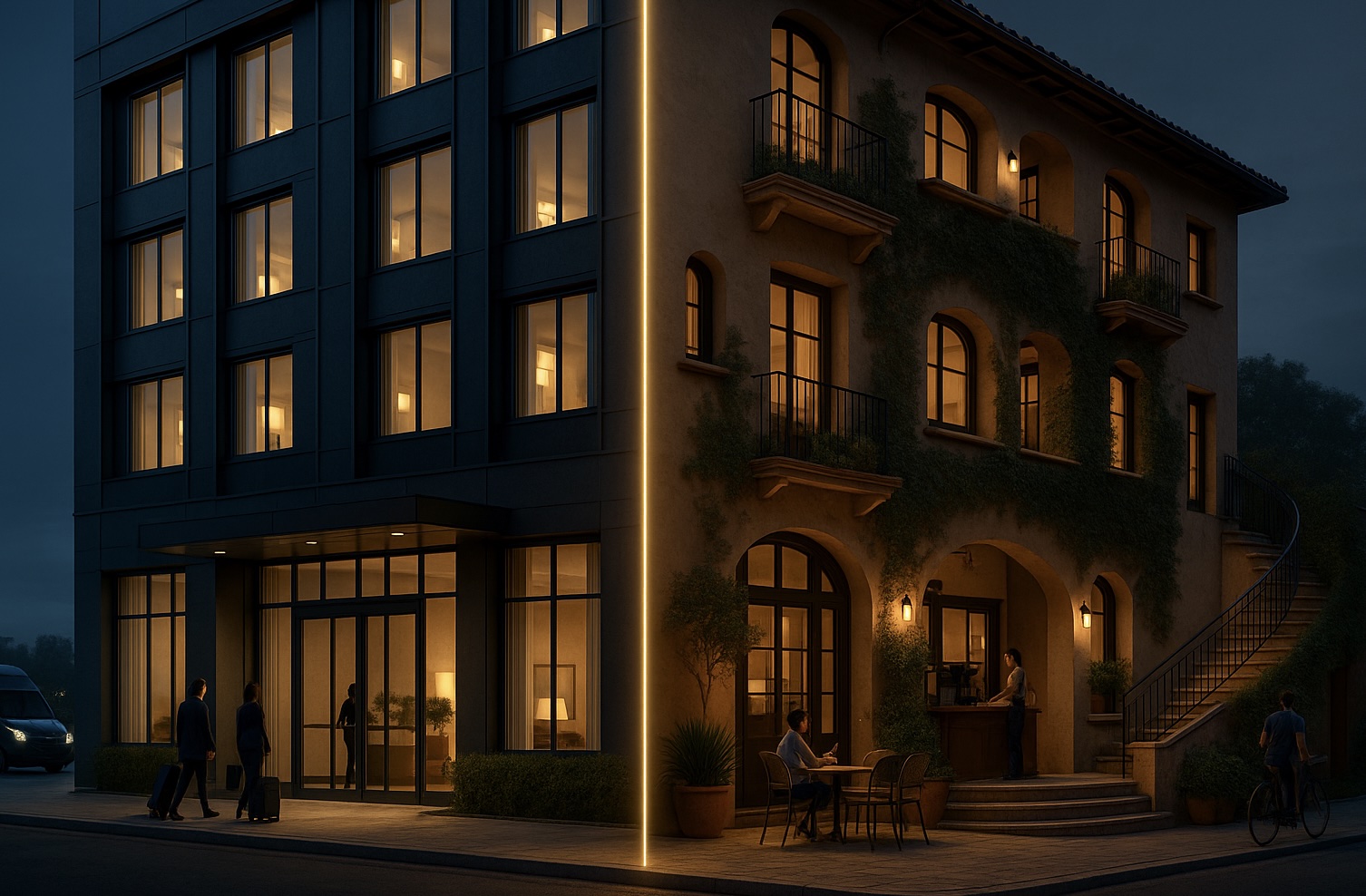 Branded and Independent Hotels: Key Decisions, Risks and Opportunities for Investors in 2025
Branded and Independent Hotels: Key Decisions, Risks and Opportunities for Investors in 2025
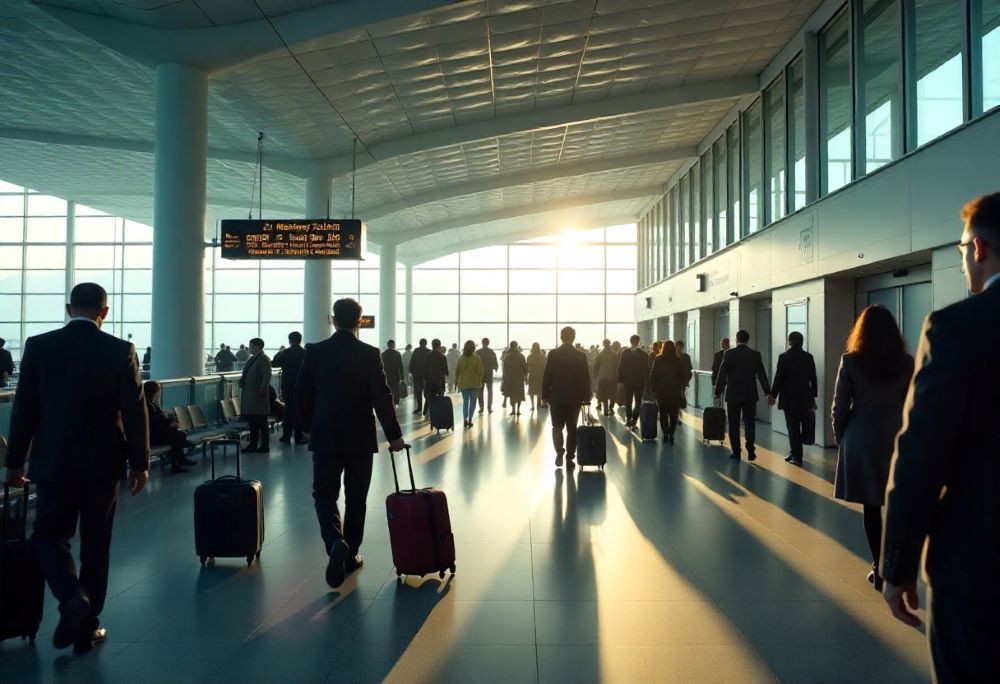 Travel Turmoil Hits Asia: 77 Cancellations and 611 Delays Leave Thousands Stranded as Shanghai, Shenzhen, Malaysia, Tibet, Taiwan
Travel Turmoil Hits Asia: 77 Cancellations and 611 Delays Leave Thousands Stranded as Shanghai, Shenzhen, Malaysia, Tibet, Taiwan
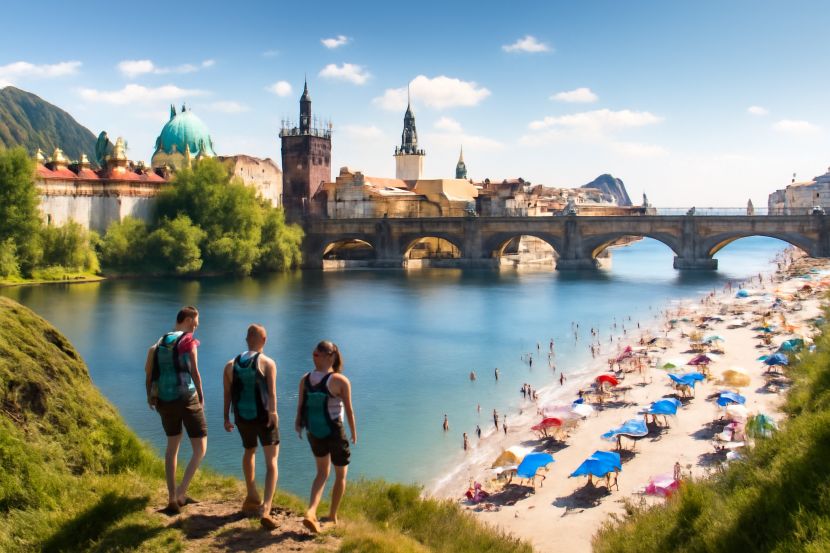 Europe’s 2025 Tourism Rebound: How the Continent Stays Strong Amid Rising Costs and Changing Travel Trends
Europe’s 2025 Tourism Rebound: How the Continent Stays Strong Amid Rising Costs and Changing Travel Trends
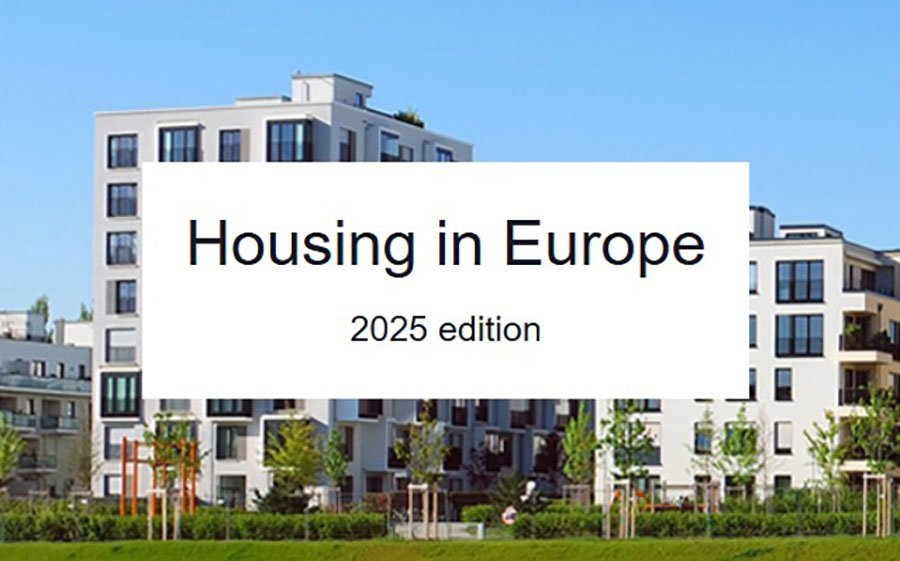 How the EU Real Estate Market Has Changed in 14 Years: Housing Prices, Costs, and Investments
How the EU Real Estate Market Has Changed in 14 Years: Housing Prices, Costs, and Investments
Fashion as a Driver of Cultural Tourism: How UN Tourism and the University of Lugano Connect Runways, Craft, and Travel

Cultural and creative industries are no longer a “nice-to-have” add-on to a trip, but a core engine of destination competitiveness. Industry estimates show they account for 3.1% of global GDP and around 6.2% of total employment—figures that explain why cities and regions are partnering with fashion, design, crafts, music, and film. For travelers, this means more authentic experiences; for local economies, it means higher average spend and longer stays.
Lugano, 24 October: How policymakers and practitioners “synced their watches”
UN Tourism and the Università della Svizzera italiana (USI) held a hybrid workshop in Lugano, bringing together officials, researchers, destination management organizations (DMOs), tourism boards, and fashion-industry representatives. The agenda was practical, not theoretical: build working models so designers, artisans, brands, and tourism don’t meet just once a year at a festival, but collaborate year-round. The discussion centered on the joint report “Fashion and Cultural Tourism – Connecting Creators, Businesses, and Destinations,” which shows how fashion creates local value, strengthens identity, and broadens the export of cultural products.
From runway to route: what fashion actually delivers for destinations
When fashion is integrated into tourism strategy, several wins appear at once. First, place branding strengthens: capsule collections inspired by architecture and nature become “storytelling” souvenirs and collaborations with global houses. Second, new reasons to visit emerge—from fashion shows and markets to open-studio workshops and themed trails through historic quarters. Third, local talent steps onto the stage: young designers and ateliers gain access to audiences, not just grants.
European examples—and a wider geography of ideas
The workshop highlighted practices from the Tuscany Tourism Board (Italy), Ljubljana Tourism (Slovenia), and the Lugano Lifestyle Tech Competence Center (Switzerland), showing how to stitch routes around local crafts, package city festivals into tour products, and connect fashion-tech with visitor offerings. Europe didn’t stop with itself: speakers from Indonesia, Lebanon, Mexico, Nigeria, Peru, the Republic of Korea, Saudi Arabia, Spain, and Tanzania shared approaches ranging from designer–artisan collaborations to “fashion trails” and destination-led fashion calendars that attract both domestic and international visitors.
Partnerships as growth infrastructure
The main takeaway is simple: fashion and tourism need contractual, regular collaboration—not occasional PR nods. When DMOs, tourism boards, craft clusters, designers, and the private sector synchronize, a destination assembles a full “experience pack”—from showrooms and studio tours to gastronomy tied to local materials and traditions. That brings visitors and investment into the creative ecosystem, improving the resilience of neighborhood and regional economies.
Measuring impact: from pretty pictures to metrics
Fashion is great at collecting likes, but city halls and investors need KPIs. Fashion-driven tourism has clear markers: longer average length of stay, a higher share of off-peak visits, growth in non-hotel spend (museums, food & beverage, transport), revenue from souvenir and capsule products, and repeat-visit ratios. Add creative-industry jobs: how many roles are created around events, showrooms, education programs, and outlets.
What cities can do already in 2026
Start with an inventory of creative heritage and living workshops: who makes textiles, ceramics, leather, jewelry—and how do you tell that story to visitors? Next, build a joint calendar: runway, market, open studio, exhibition, education block. Then, enable convenience: a unified pass, clear wayfinding, reliable logistics, and translation. Finally, communicate: collaborate with designer-ambassadors, influencers, and media able to “translate” the local narrative for international audiences.
UN Tourism’s strategic bet on creative tourism
The USI initiative fits UN Tourism’s broader focus: develop creative tourism as a growth lever, encourage intercultural knowledge exchange, and drive product innovation. In 2026 this will move from one-off cases to policy and pilots with measurable impacts on jobs and revenue—from DMO playbooks to testbeds. The synergy of heritage, creative industries, and design is not just about “looking good,” but about a sustainable economy and new competitive edge.
Bottom line: when “style” becomes an economy
Fashion is one of the quickest, most convincing ways to turn a place’s identity into economic value. It extends seasons, smooths peaks, redistributes flows, and brings local communities onstage. Lugano showed that fashion-powered cultural tourism already has a mature agenda, toolkits, and practices. The next step is scaling. Those who convert inspiration into partnerships, calendars, and service first will win.





